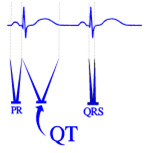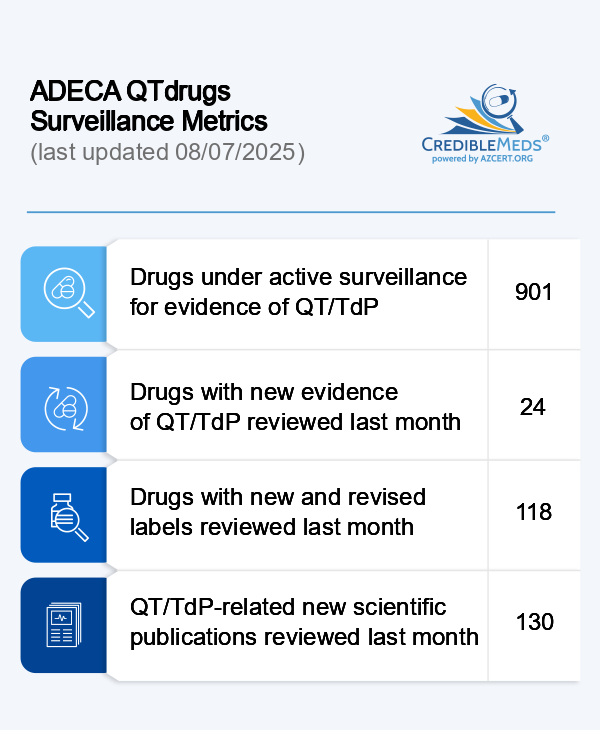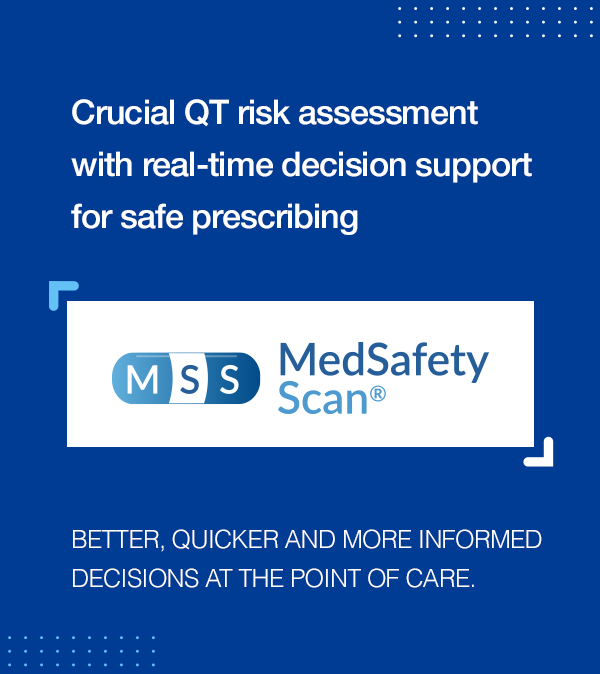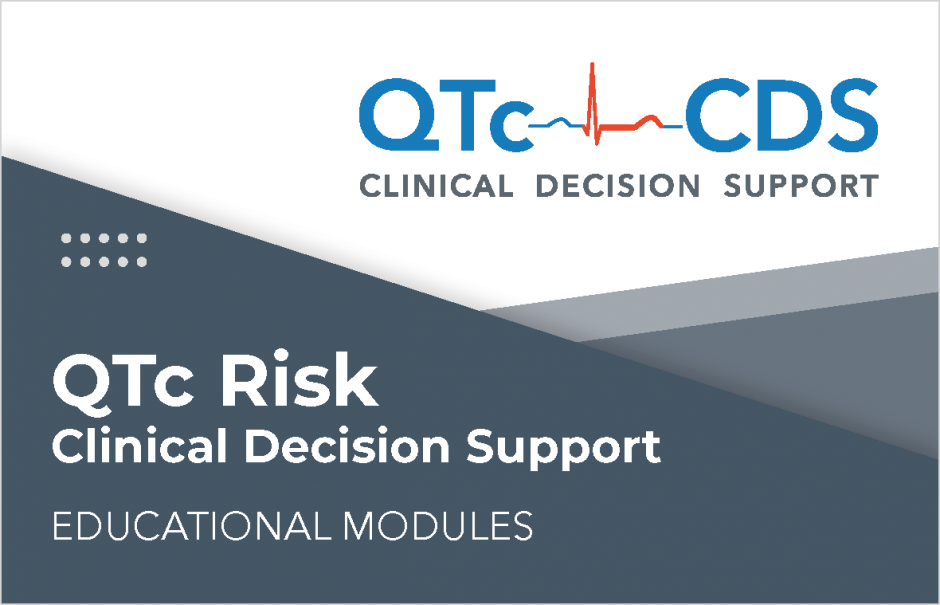Basics of Arrhythmias & Long QT Syndrome
There are many types of heart rhythm abnormalities, also known as arrhythmias or dysrhythmias. If the rhythm is abnormally fast, it is called a tachycardia; abnormally slow rhythms are called bradycardias. Some rhythm abnormalities have a normal average heart rate (also called pulse rate), but are abnormal in that the rhythm is irregular or because some or all beats start in parts of the heart other than the sinus node, the heart's normal pacemaker.

It is a measurement, made from the electrocardiogram (ECG or EKG). It reflects the duration of the electrical activity that controls contraction of the cells of the heart muscle.

Long QT Syndrome
Long QT syndrome refers to a condition in which there is an abnormally long QT interval on the electrocardiogram. It can be inherited ("congenital long QT") or acquired ("acquired long QT"), for example when it is induced by drugs or abnormal levels of the salts normally found in the blood, such as potassium and magnesium. The inherited form occurs due to abnormalities in certain proteins in the heart cells, and these protein abnormalities are in turn caused by abnormalities in the genes that produce those proteins. Most people, despite having a normal QT interval under usual conditions, may develop a prolonged QT and associated rhythm abnormalities (Torsades de pointes, see below) when taking certain medications; this tendency may also be inherited. A list of drugs that prolong the QT interval or cause Torsades de Pointes can be found on our site at View the QT Drugs List.
Torsades de Pointes

Torsades de pointes (TdP) is a syndrome of polymorphic ventricular arrhythmia occurring in the setting of marked prolongation of the electrocardiographic QT interval. It occurs in individuals with genetic mutations in genes that control the expression of ion channel proteins in the heart and is a frequent cause of sudden death in these individuals. TdP also occurs as a complication of drugs that prolong the QT interval.
Over 170 marketed drugs are known to prolong the QT interval and 49 of these are known to induce, in some individuals, torsades de pointes ventricular arrhythmia (see QT Drug List). Drug-induced torsades de pointes is a relatively rare event overall but can be as high as 2-3% with some drugs.1,2
A great deal has been learned about the inherited long QT syndrome through the collection of data in an international registry.3-5 Far less is known about the drug-induced syndrome because of the infrequent nature of the occurrence and the absence of a comprehensive data base. Estimates report that only 1-10% of serious adverse reactions to drugs are ever reported to the Food and Drug Administration (FDA).
For a discussion of Congenital Short QT Syndrome (CSQTS), click here.

- Hohnloser SH, Woosley RL. Sotalol. N Engl J Med 1994; 331:31-38.
- Schwartz PJ, Woosley RL. Predicting the Unpredictable: Drug-Induced QT Prolongation and Torsades de Pointes. J Am Coll Cardiol 2016;67:1639-50.
- Zareba W, Moss AJ, Le Cessie S, Locati EH, Robinson JL, Hall WJ et al. Risk of cardiac events in family members of patients with Long QT syndrome. J Am. College Cardiol 1995; 26(7):1685-1691.
- Schwartz PJ, Moss AJ, Vincent GM, Crampton RS. Diagnostic criteria for the long QT syndrome: An update. Circ 1993; 88:782-784.
- Moss AJ, Schwartz PJ, Crampton RS, Tzivoni D, Locati EH, MacCluer J et al. The long QT syndrome. Prospective longitudinal study of 328 families. Circ 1991; 84(3):1136-1144.











